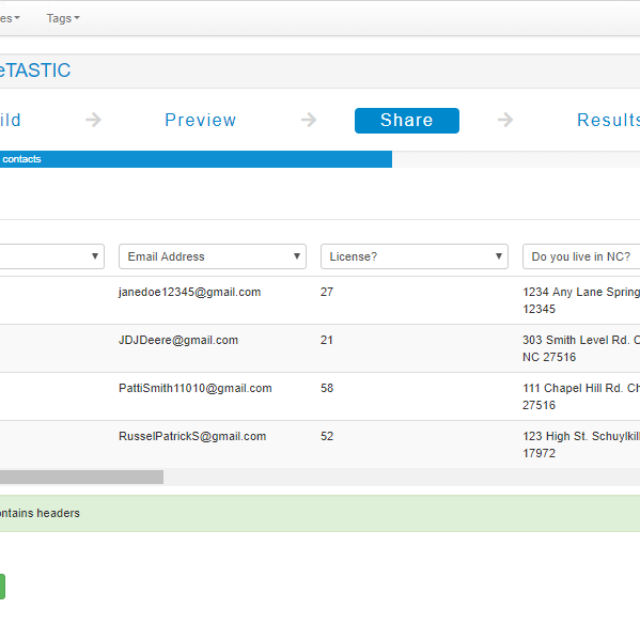You’ll find that when crafting your survey, you have several options.
First, you can ask open-ended questions. These questions don’t necessarily have an expected response, and they allow the respondent to craft their own answers.
Another type of question is the matrix or closed-ended question. This type of question allows you to collect stats and come up with uniform data.
In this article, we look at five more questions to ask in a customer satisfaction survey, and we’re going to look at the matrix question. Let’s define it now.
The Matrix Question
Matrix questions allow you to aggregate stats because they ask respondents to evaluate one or more rows of items using the exact same column choices.
Using the matrix question, you can also use a rating scale, which is a variation of the Matrix question. This allows you to assign weights to each answer.
Now let’s look at five more questions to ask in a customer satisfaction survey using the Matrix question.
We look at how to phrase the questions and set up the rankings for the best results and which questions are ideal for your product or service.
#1: Matrix with Choices
You can compose a Matrix question that allows respondents to pick one answer per row.
For example, let’s say you just bought a car, and the dealer sends you a survey. One of your Matrix questions might look something like this:
The following qualities were important in my sales manager:
The list would include qualities like approachable, qualified, honest and believable, while the radio button options for each of the qualities would include options to check that include extremely important, very important, somewhat important, slightly important and not at all important.
By keeping your options short and specific, you’re more likely to get accurate responses.
#2: Matrix with Multiple Answers
In this question, your respondents can provide you with multiple answers.
Using the above example, you might revise the question. It would state, The following qualities are important in my: (select all that apply):
Then, for the options, survey takers are presented with a sales manager, finance manager, and general manager. For each of those rows, respondents can choose from approachable, qualified, honest and believable.
With just some slight re-working, you can find out how each member of your team performed during the sale of the car.
#3: Matrix with Drop-down Choices
Another option is to include a drop-down menu for respondents.
The question from the above examples could again be re-worked to look like this:
Select the team member you worked with, along with their name and let us know if they were helpful.
To accomplish this, you’d list each of the team members (sales manager, finance manager, general manager) vertically.
Then, in each of their corresponding rows, you provide drop downs for respondents to check the team member’s name and another one to click whether they were helpful.
#4: Matrix with Rating Scale
The Likert Scale allows survey takers to give a rating for the question on a scale from 0 to 10.
You would mark your scale by two endpoints from lowest to highest.
This type of question is especially helpful when evaluating products.
#5: Contingency Question
Finally, another option is the contingency question. You would ask this in a customer satisfaction survey to weed out people you don’t want responding to your survey.
For example, before sending respondents through to your Matrix question(s), you might ask them questions to find out if your survey still applies to them.
Final Thoughts
Matrix questions are a quick and easy way to build your survey. They are efficient and allow you to collect a lot of data in one question.
You do need to be careful when using them, though.
A table of Matrix questions can be overwhelming on a mobile phone.
So, let’s say you have six rows across, and respondents can choose from five answers. You can break each row up into its own question. You then end up with six separate questions that all have the same five possible answers.
This makes it easy for mobile phone users.
You also want to keep your Matrix questions short. In any given group, stick to five or fewer options. This helps ensure your respondents answer each row accurately, and that they don’t select the same answer for each question.
Matrix questions are overall a great way to get and interpret your survey questions. Just be careful to keep them short and simple to encourage accurate answers. (tweet this)
Surveys help you make the best decisions for your business. Are you ready to get started with your free SurveyTown trial? Start with your free account today, and you can upgrade at any time.
Image: Alejandro Garrida Navarro




